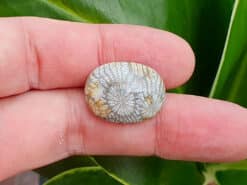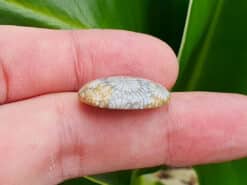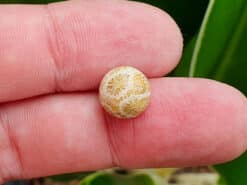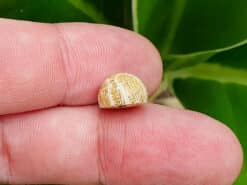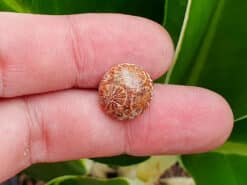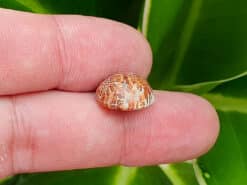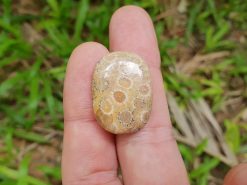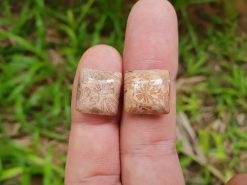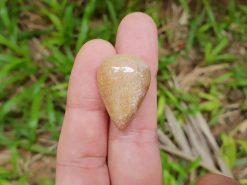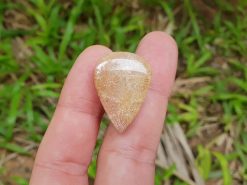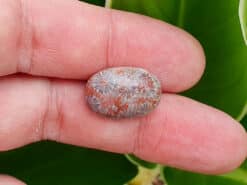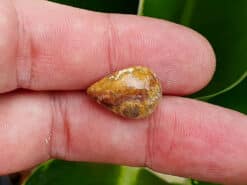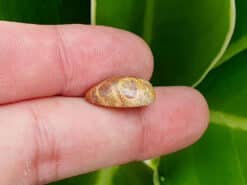Coral fossil
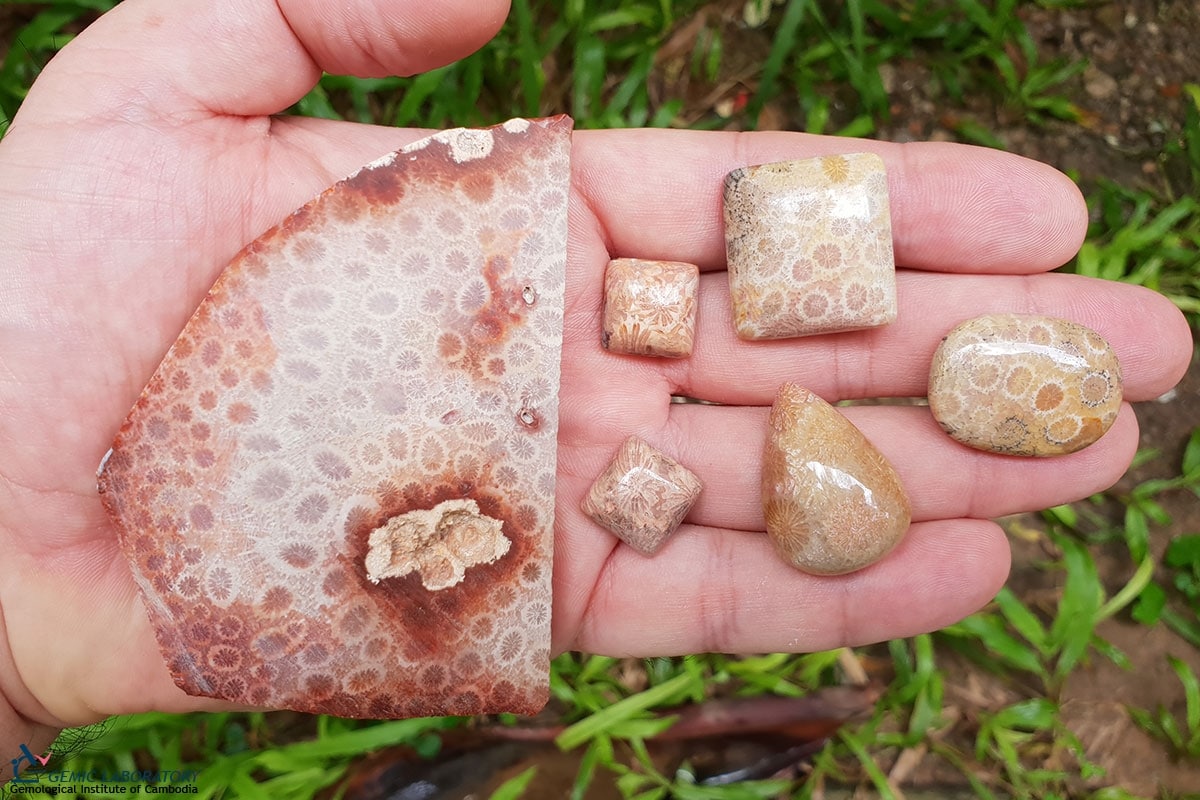
Buy natural coral fossil in our shop
Agatized coral
Coral fossil is a natural stone. It comes when silicate replace ancient gradually with silicate. It finally becomes micro crystalline quartz.
Coral color typically appears as small flower like patterns in the stone. coral reef thrived in warm, shallow, tropical seas and fed on plankton as they do today. Corals are marine animals with a sac-like body, mouth, tentacles and skeleton.
It is the skeleton that survives in the fossil record. Corals may be solitary or found in large colonies. Temperature and pressure from compaction during burial. It resulted in those coral deposits over time becoming rock.
Of the varieties of fossilized corals found throughout the world exquisitely detailed specimens from the mountains of Indonesia are among the most unique for coral jewelry.
Corals have been growing in the oceans around the world for almost 500 million years.
Coral fossil permineralization
Permineralization is the process of filling pore space in and around the remnant hard coral skeleton with minerals deposited from solutions or migrating thru the sedimentary pile. Finally, After a natural compression, it becomes a stone.
Replacement is the process whereby the original coral skeleton is replaced molecule by molecule with a mineral or minerals from a solution. For example, calcium carbonate from the hard structure of the coral is replaced by silica from trapped or migrating solutions as rock was being formed.
This dual process preservation can occur with different accessory mineral concentrations. It result in maintaining the contrast between the original soft tissues and also the skeletal remains of the corals as different minerals impart different colors to the stone.
The geochemical and also geological conditions under which these processes take place are typically slightly acidic, low temperature and low pressure. The resultant deposition of replacement product is a micro or crypto crystalline quartz commonly termed agate.
In Indonesia, the preservation of whole coral heads is of exceptional quality. It appears just as they did 20 million years ago. Although the chemical composition is now different. Organic chemical composition is now silica, also iron, manganese and other minerals. There are fern corals, brain corals, hex corals, honeycomb corals and many more.
Horn coral
The Rugosa, also called rugose coral or the Tetracorallia, are an extinct order of solitary and colonial corals that were abundant in Middle Ordovician to Late Permian seas. Solitary rugosans are often referred to as horn corals because of a unique horn-shaped chamber with a wrinkled, or rugose, wall.
Favosites
Favosites is an extinct genus of tabulate coral characterized by polygonal closely packed corallites, giving it the common name honeycomb coral. The walls between corallites are pierced by pores known as mural pores which allowed transfer of nutrients between polyps.
Favosites, like many corals, thrived in warm sunlit seas, feeding by filtering microscopic plankton with their stinging tentacles and often forming part of reef complexes. The genus had a worldwide distribution from the Late Ordovician to Late Permian.
Coral fossil meaning and properties
The following section is pseudo scientific and based on cultural beliefs.
According to metaphysical beliefs, fossil coral is a grounding stone good for bringing about change. Agate is thought to be able to help heal pancreatic disorders and improve blood and air circulation. Fossil coral is used for healing eye, skin and stomach illnesses. It is even believed to enhance longevity.
Coral fossil (or agatized coral)
FAQ
How old is fossilized coral?
The oldest fossil coral is 450 million years old. Most stones found today can be anywhere from 100,000 to 25 million years old, though there have been many older specimens found from the Silurian age, 390 million years ago.
How can you tell if coral is fossilized?
Coral color typically appears as small flower like patterns in the stone.
How do you clean fossilized coral?
After major cleaning is done, soaking the fossil in a 50% solution of half apple cider vinegar and water. I soak my fossil for about 1 hour and go back with a toothbrush to help remove some of the foreign material. While cleaning the fossils check to make sure that the fossil is not being etched by the acid.
Natural coral fossil for sale in our gem shop
We make custom made coral fossil jewelry as engagement rings, necklaces, stud earrings, bracelets, pendants… Please contact us for a quote.

